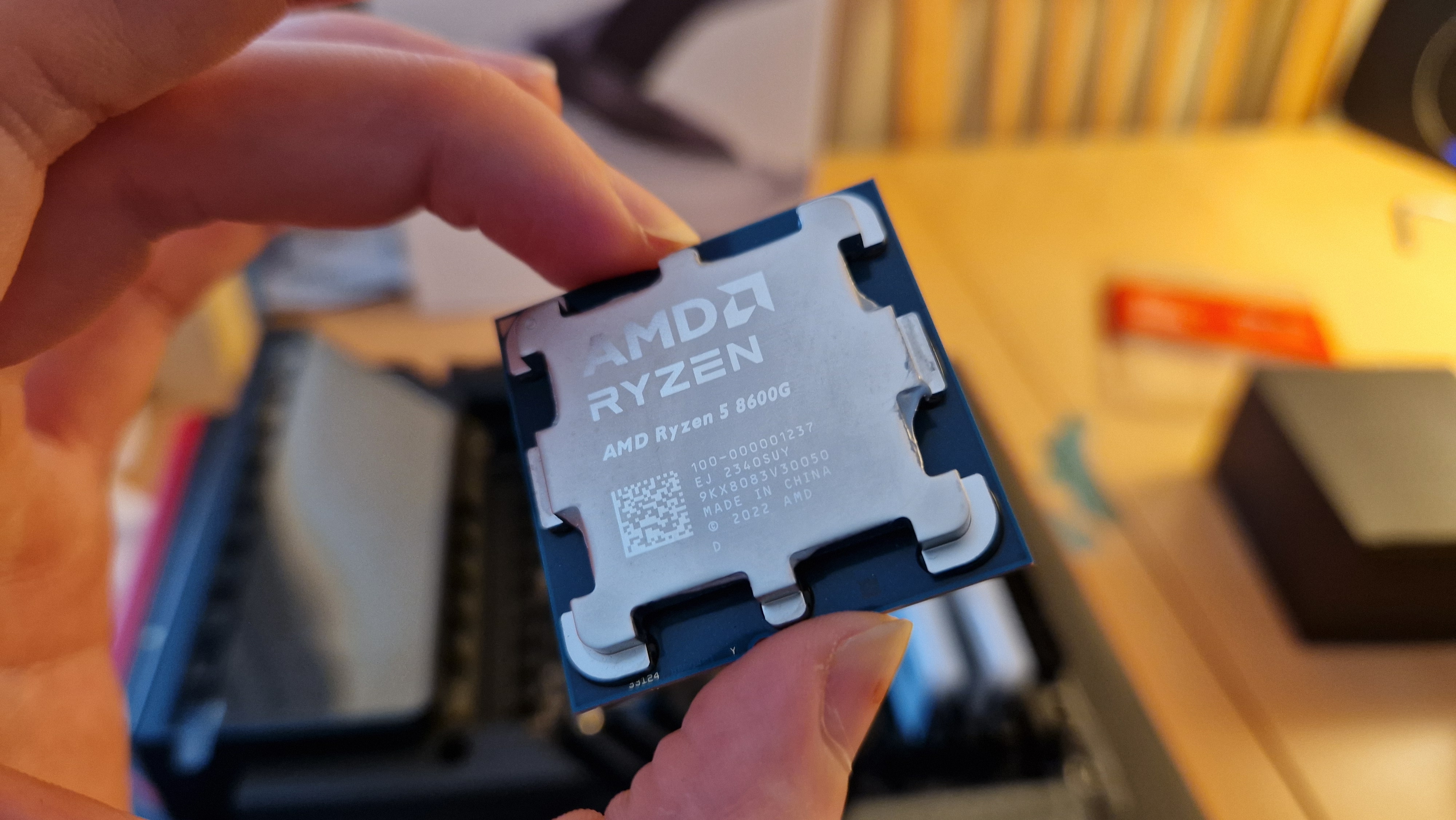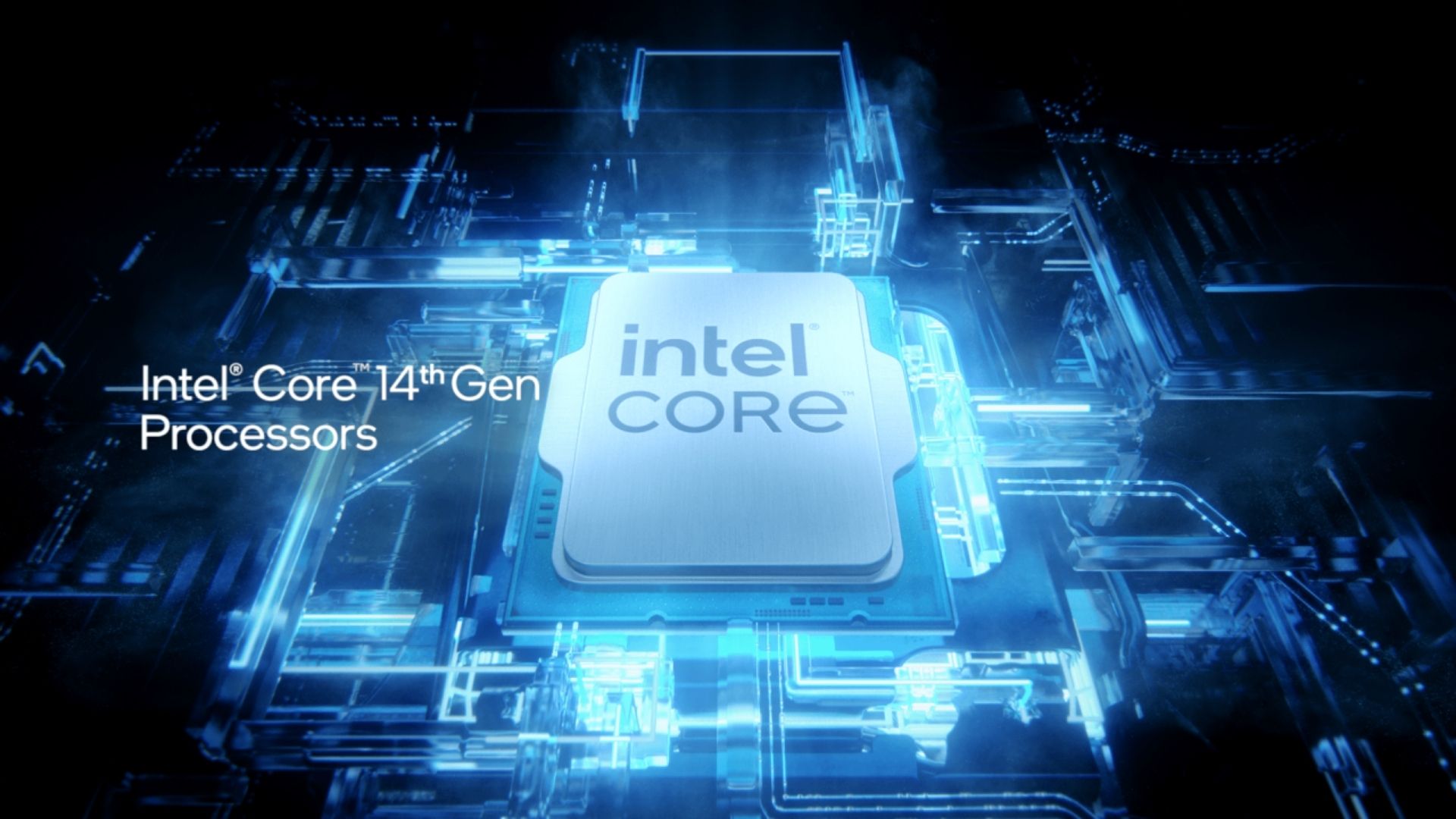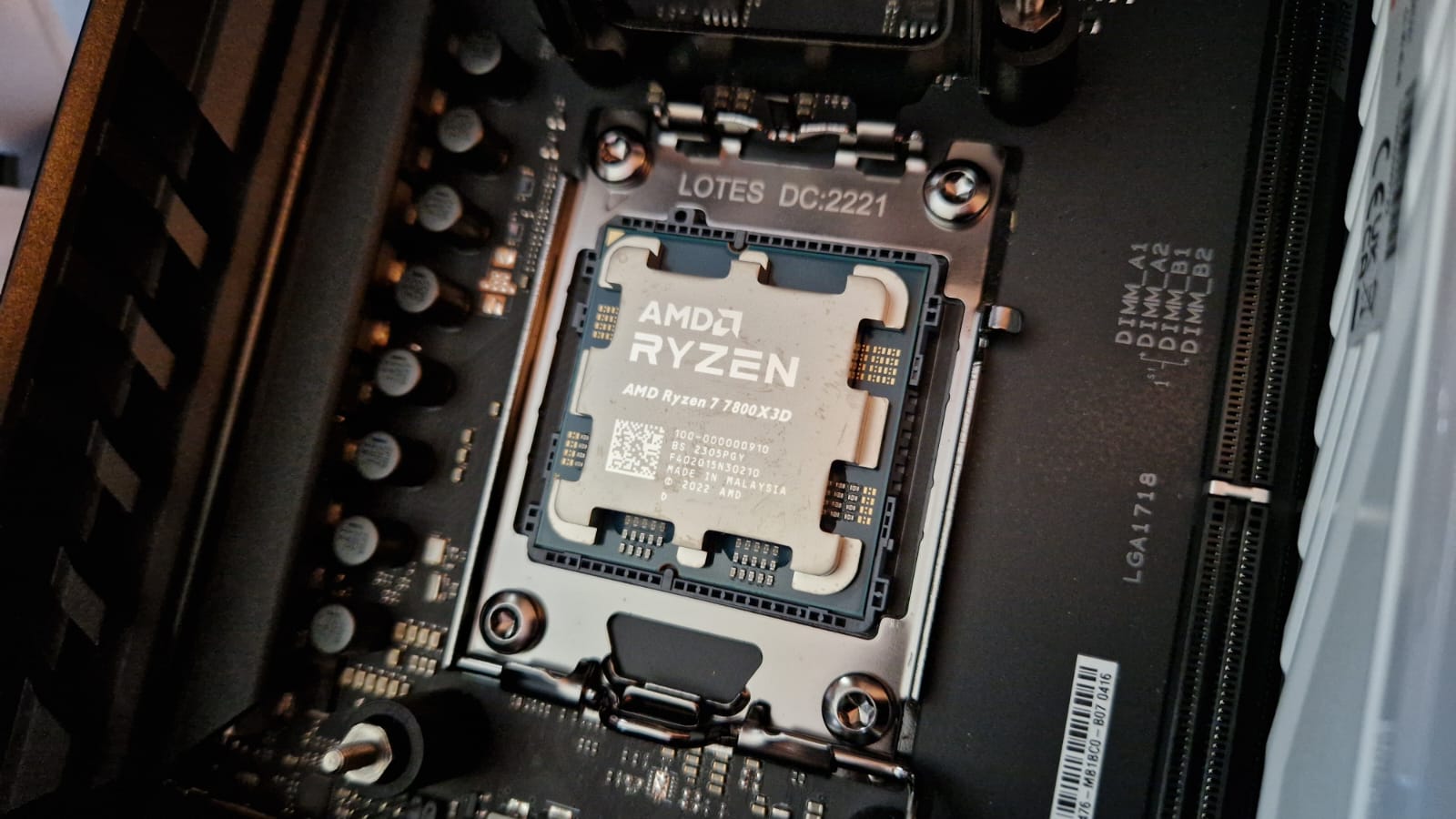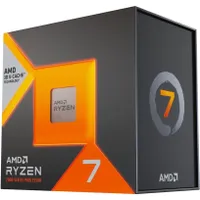The tide is turning - over 40% of Steam users now have AMD CPUs, according to the latest Hardware Survey
It looks like more gamers than ever are opting for AMD CPUs, and it's clear to see why

40% of something might not seem like much. For AMD in the CPU market, however, that's a bigger percentage than it seems. In the latest Steam Hardware Survey results, the brand has surpassed the 40% usage mark in the processor vendor category for the very first time, which would suggest that more gamers on Steam than ever before are using AMD CPUs in their gaming PCs.
If anything, this goes to show just how dominant brands can be in the PC market. Nvidia, for example, still owns 73.94% of the GPU market (according to this month's results). Even with this landmark result for AMD in the CPU market, Intel is still enjoying a 59% lead. Even if that figure is down -0.75% from last month, it's shrunk down from 62.30% in March, which shows that Intel is being chosen by fewer and fewer gamers in 2025.
It's worth noting that these figures don't point to a definite proportion of all Steam players since the monthly Hardware survey only pulls from a random sample of players. We also don't know a lot of the metrics of the survey, but it is useful in showing overall trends in what hardware PC gamers are using. Regardless, it's impossible to deny that AMD's share of the market is growing in 2025 when you look at the month-on-month results, so what's caused this shift of momentum?
Pricing, futureproofing, and a PR nightmare

AMD has always priced its CPUs at a lower level than Intel, and that's partly because Intel has such a dominant position in the market. AMD tries to undercut the Blue Team by offering great value for money, and it's always been one of the brand's best tactics.
Lately, however, Intel's position atop the desktop processor hill has seemed rather shaky. For starters, it's had to deal with a PR nightmare because of its 13th and 14th generation products. These were extremely demanding processors and absolute hot heads at the best of times (our Intel Core i7-13700K review will show you that much), but when more and more users were reporting that elevated voltages were causing damage, things weren't looking good.
Although AMD's pricing is lower than Intel's, you do pay for more cores and threads when it comes to Team Blue. Note that this rarely amounts to massive gaps in power between the processors in gaming power, though. Take this comparison of two near-equivalent chips, for example.
AMD Ryzen 7 7700
Cores: 8
Threads: 16
MSRP: $329 / £227
vs.
Intel is still dealing with the fallout from that because, despite an extended warranty and multiple BIOS patches to fix the issues, people are still reporting Raptor Lake volatility issues. Then, to make matters worse, Intel launched its long-awaited Arrow Lake processors for desktop users, which not only performed worse than the volatile 13th and 14th generations in gaming tasks, but also required people to uproot their entire PCs and adopt a new motherboard.
When Intel does this, it typically means that support for its older motherboard socket, in this case, the LGA 1700, is dead - in all likelihood, the brand won't release more products for people with that motherboard.
Weekly digests, tales from the communities you love, and more
Meanwhile, AMD has been supporting its AM4 platform from 2016 for almost a decade now, and it's committed to supporting its current motherboard socket with new products (used for its DDR5-compatible Ryzen 7000, 8000G, and 9000 families) until at least 2027.
If I were building a new gaming PC today, I know which brand of processor I'd pick. As if that wasn't enough of a thorn in Intel's paw, that isn't even mentioning the ace up AMD's sleeve.
The X3D Chip - the key to victory?

As the reputation of Intel CPUs has been failing, AMD's X3D chips have been lapping up all the glory. From my AMD Ryzen 7 8700X3D review, I can see why. These processors have been designed especially for gaming and content creation tasks with a unique architecture that allows them to cram in more power without changing the form factor.
AMD Ryzen 7 7800X3D | $449 $379 at Amazon
Save $70 - Speaking of X3D chips from AMD, and particularly the 7800X3D, it's starting to see more discounts now as it ages. I was amazed at the levels of performance boost this chip gave me in my CPU benchmarking games. It is hands down the best pound-for-pound processor on the shelves right now.
Buy it if:
✅ You want a great gaming CPU
✅ You're building a new rig
✅ You have an AM5 motherboard socket
Don't buy it if:
❌ You're part of Intel's 59% market share
❌ You'd rather have one of the newer X3D chips
UK: £336 at Amazon
Essentially, each modern processor has an L3 cache, which is like a quick access library that allows it to store frequently processed data (game levels, information, calculations, and the like). The 3D V-Cache that AMD has put in these products allows for quicker access and smoother performance as a result, which delivers some excellent gaming results.
To top it all off, AMD now has X3D processors in its 7000 and 9000 lineup, giving players so many options to choose from when building new gaming PCs.
For these reasons, it's easy to see why AMD's proportion of the CPU market is growing. Personally, I don't see that changing anytime soon, when the latest rumours suggest that Intel's next desktop CPU range will require yet another new motherboard socket from the one that its Arrow Lake products use.
Like I said at the start, 40% might not seem like an awful lot to write home about, and the Steam Hardware Survey isn't exactly wrote truth, but when AMD's slice of the CPU pie among Steam gamers continues to eat into Intel's, that's a bigger deal than you'd think.
For years, Intel has ruled the roost, but AMD's commitment to its customers in the long run is starting to pay off. It isn't just a matter of lower prices and more efficient performance. AMD now has chips that outperform Intel's in gaming tasks while costing less, thanks to the X3D options on the shelves. When Intel is seemingly refusing to meet AMD's long-term support promises with new products for existing motherboard platforms, it's no surprise that gamers are choosing the other side.
I, for one, don't think 40% is a stopping point by any means.
Looking to build your own PC? Check out the best RAM for gaming, the best graphics cards, and the best computer speakers.
One of my earliest memories is playing SuperMario64 and wondering why the controller I held had three grips, but I only had two hands. Ever since I've been in love with video games and their technology. After graduating from Edinburgh Napier University with a degree in Journalism, I contributed to the Scottish Games Network and completed an Editorial Internship at Expert Reviews. Over the last decade, I’ve been managing my own YouTube channel about my love of games too. These days, I'm one of the resident hardware nerds at GamesRadar+, and I take the lead on our coverage of gaming PCs, VR, controllers, gaming chairs, and content creation gear. Now, I better stop myself here before I get talking about my favourite games like HUNT: Showdown, Dishonored, and Towerfall Ascension.
You must confirm your public display name before commenting
Please logout and then login again, you will then be prompted to enter your display name.



